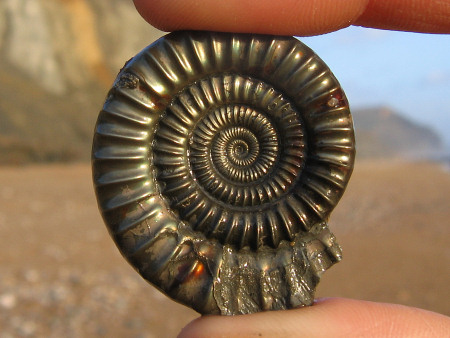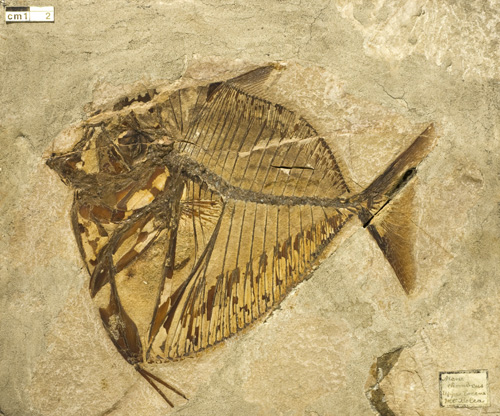
Now we enter the talkie-era with another movie based on a successful novel, this time The Strange Case of Dr. Jekyll and Mr. Hyde by Robert Louis Stevenson.

(Not a trailer, just a scene to show Mr. Hyde's douchebaggery)
Plot: Dr. Henry Jekyll (Frederic March) is convinced that it is possible to split the human personality into two halves: a "good" half and an "evil" half. His colleagues in the scientific community scoff at the idea, deriding it as nonsense. Dr. Jekyll, however, is determined to prove them wrong and succeeds in bringing out the evil side of him, dubbed Mr. Hyde. Unfortunately, Hyde becomes uncontrollable and wreaks havoc in the city. Can Dr. Jekyll rein in his other half or will Mr. Hyde become his significant other? You'll have to watch the film to find out.
My thoughts: This is a good film. It caused a sensation at the time because of its depiction of violence and domestic abuse, topics that were very much taboo. Even by today's standards, this film is not tame. Frederic March's performance is fantastic, so good in fact that he won the Oscar for Best Male Actor, one of the few times a horror film has been honoured by the Academy. The transformation sequence is amazing, especially considering they didn't have computers or animatronics like they do these days (and they look crap but that's another story), it was all done with different coloured make-up and camera filters. In terms of influence on later horror movies, this film established three elements that were not present in Stevenson's novel. Firstly, the simian/grotesque appearance of Mr. Hyde and secondly, a love interest, in this case a separate one for both Jekyll and Hyde. Finally, this film established the pronunciation of Jekyll as "Jeckel". Stevenson, however, said that it should be pronounced as "Jeekle" but because of this film, everyone pronounces it wrong.10 years later, the movie was remade scene by scene with Spencer Tracy in the title role. I have not seen it, but my research suggests that it was drastically inferior in every way. Hmmm...a direct remake of a classic horror movie that was deemed unnecessary, why does that sound familiar? *Cough*Psycho*Cough*
Next time, we will look at a true classic: Dracula!
See also:
More horror
My thoughts: This is a good film. It caused a sensation at the time because of its depiction of violence and domestic abuse, topics that were very much taboo. Even by today's standards, this film is not tame. Frederic March's performance is fantastic, so good in fact that he won the Oscar for Best Male Actor, one of the few times a horror film has been honoured by the Academy. The transformation sequence is amazing, especially considering they didn't have computers or animatronics like they do these days (and they look crap but that's another story), it was all done with different coloured make-up and camera filters. In terms of influence on later horror movies, this film established three elements that were not present in Stevenson's novel. Firstly, the simian/grotesque appearance of Mr. Hyde and secondly, a love interest, in this case a separate one for both Jekyll and Hyde. Finally, this film established the pronunciation of Jekyll as "Jeckel". Stevenson, however, said that it should be pronounced as "Jeekle" but because of this film, everyone pronounces it wrong.10 years later, the movie was remade scene by scene with Spencer Tracy in the title role. I have not seen it, but my research suggests that it was drastically inferior in every way. Hmmm...a direct remake of a classic horror movie that was deemed unnecessary, why does that sound familiar? *Cough*Psycho*Cough*
Next time, we will look at a true classic: Dracula!
See also:
More horror






